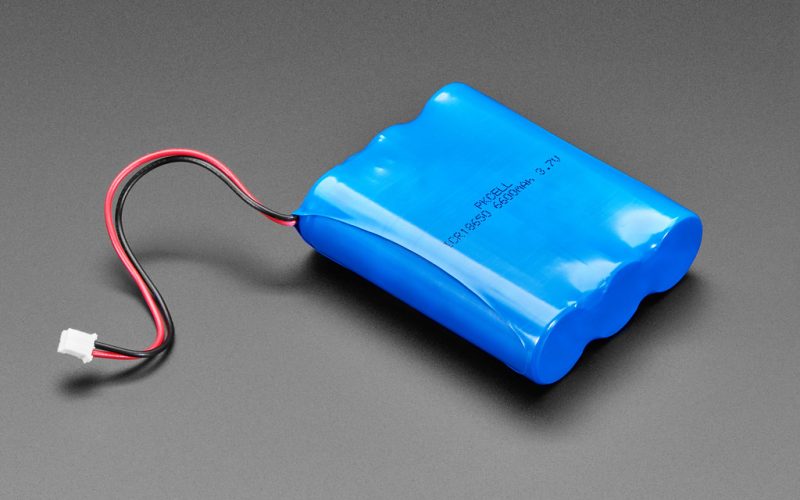In the rapidly evolving landscape of energy storage, lithium battery have emerged as the frontrunners, driving innovation and powering a sustainable future. These high-performance energy storage devices have revolutionized various industries, from consumer electronics to electric vehicles and renewable energy systems. In this blog post, we will delve into the fascinating world of lithium batteries, exploring their technology, applications, and the pivotal role they play in shaping the future of energy.
Understanding Lithium Batteries:
Lithium batteries are rechargeable energy storage devices that utilize lithium ions to move between the positive and negative electrodes during the charging and discharging processes. This unique electrochemical design allows lithium batteries to deliver high energy density, a longer lifespan, and lighter weight compared to traditional battery technologies.
Key Components:
- Cathode: The cathode is typically made of lithium cobalt oxide (LiCoO2), lithium manganese oxide (LiMn2O4), or lithium iron phosphate (LiFePO4). The specific cathode material influences the battery’s performance characteristics.
- Anode: The anode is commonly composed of graphite, which efficiently stores and releases lithium ions during the charging and discharging cycles.
- Separator: A thin separator physically separates the cathode and anode to prevent short circuits while enabling the flow of lithium ions.
- Electrolyte: Lithium-ion batteries use a liquid electrolyte (usually a lithium salt in a solvent) that facilitates the movement of ions between the cathode and anode.
Applications:
- Consumer Electronics: Lithium batteries power a vast array of consumer electronics, including smartphones, laptops, cameras, and wearable devices. Their high energy density and lightweight design make them ideal for portable electronics.
- Electric Vehicles (EVs): The automotive industry has witnessed a significant shift towards electric mobility, with lithium batteries playing a pivotal role in powering electric vehicles. The energy density and quick-charging capabilities of lithium batteries contribute to the widespread adoption of EVs.
- Renewable Energy Storage: Lithium batteries are crucial for storing energy generated from renewable sources like solar and wind. They help address the intermittent nature of these energy sources by providing a reliable and efficient means of storing excess energy for later use.
- Grid Energy Storage: Large-scale lithium-ion batteries are increasingly used for grid energy storage to enhance grid stability, balance supply and demand, and provide backup power during peak demand periods.
Advancements and Challenges:
As technology continues to advance, researchers are exploring new materials and designs to improve the performance of lithium batteries further. Some challenges, such as the need for sustainable and ethical sourcing of raw materials, safety concerns, and recycling processes, also require ongoing attention.
